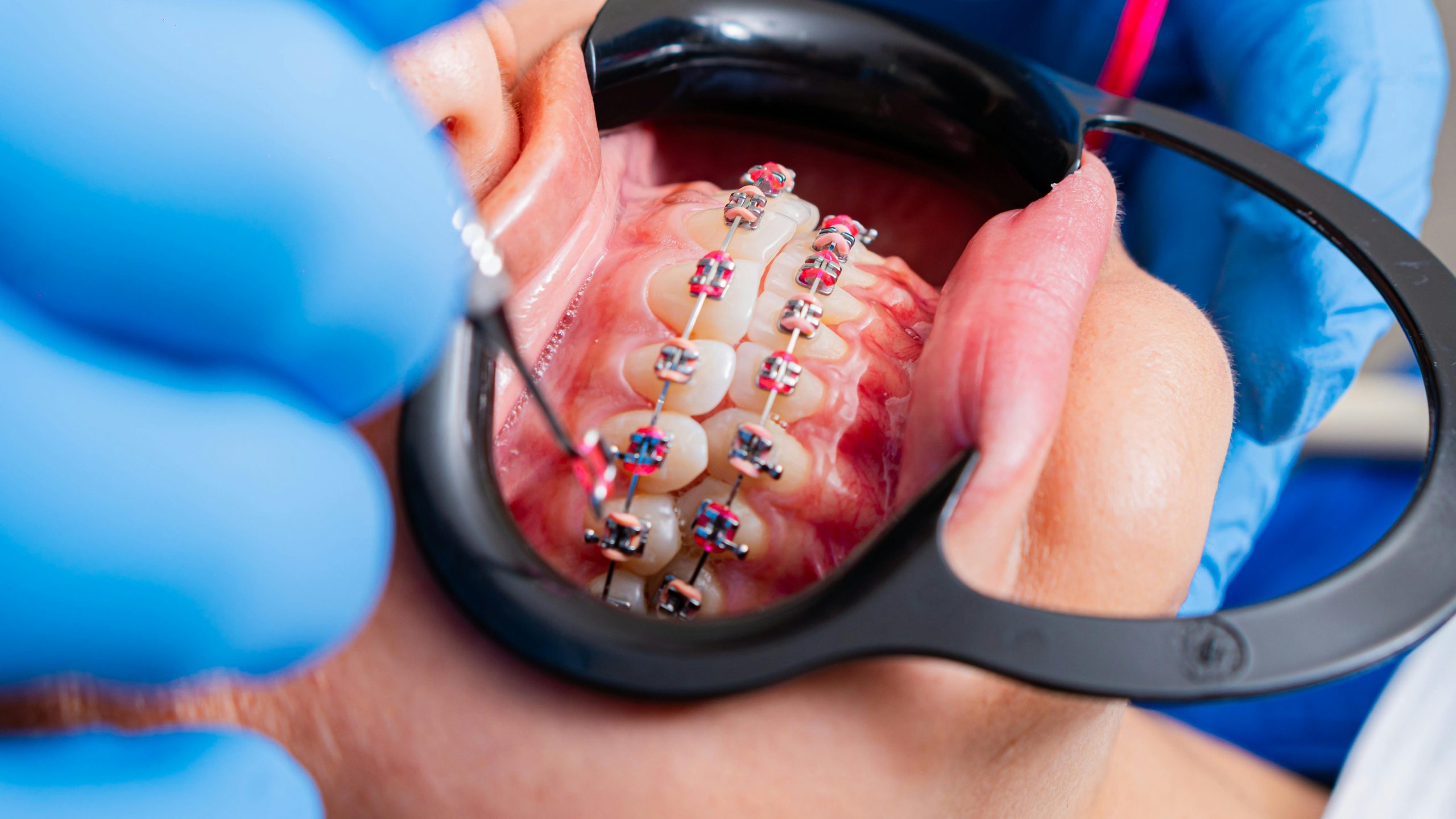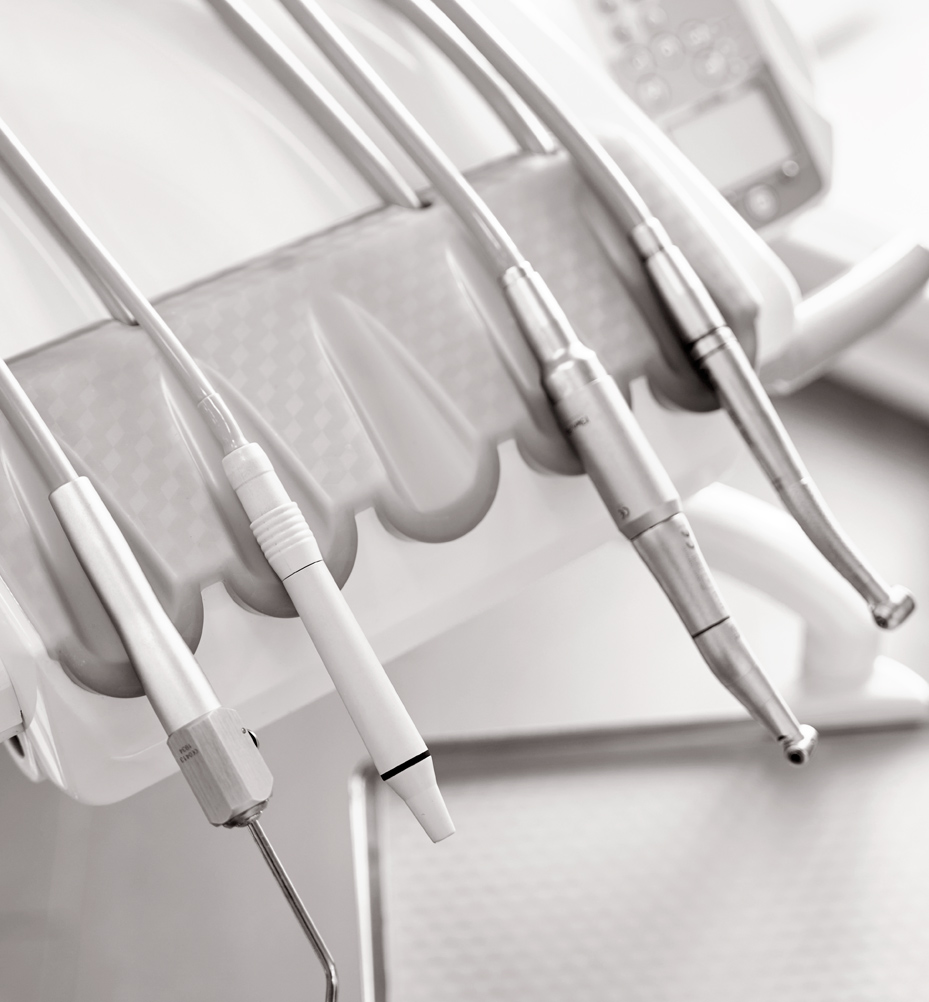Orthodontic two-phase treatment
Orthodontic two-phase treatment

It is a structured, two-step approach to orthodontics typically used for children who have specific dental or skeletal issues that may be easier to treat at different stages of their growth.
Phase 1: Early Intervention (Preventive or Interceptive Orthodontics, usually around ages 7-10)
Goal: This phase aims to address significant dental and skeletal issues while the child is still growing. It’s usually done when permanent teeth are beginning to come in.
Treatment Focus: Phase 1 can address problems like:
- Severe bite issues (overbite, underbite, crossbite, etc.)
- Jaw alignment issues (such as a misaligned upper or lower jaw)
- Severe crowding or spacing that could affect the eruption of permanent teeth
- Problems with the development of the jaw or face structure
Treatment Methods: This phase often involves using expansion devices, palatal expanders, retainers, or other appliances that guide the growth of the jaw and help teeth come in correctly. Braces may also be used, though it is often to correct jaw positioning rather than tooth alignment.
Duration: This phase typically lasts 9-12 months, but the exact time will depend on the child’s needs.
Phase 2: Comprehensive Treatment (Usually around ages 11-14)
Goal: Phase 2 builds on Phase 1 and focuses on aligning the permanent teeth and achieving the final desired bite. This phase happens after the majority of the child’s permanent teeth have erupted.
Treatment Focus: In Phase 2, the orthodontist works on:
- Fine-tuning tooth alignment
- Correcting any bite problems that may remain after Phase 1
- Achieving the final alignment and smile aesthetics
Treatment Methods: This phase typically involves traditional braces or sometimes Invisalign (clear aligners), depending on the case. The teeth are aligned into their final positions and any remaining skeletal issues are addressed.
Duration: Phase 2 can last anywhere from 18 months to 3 years, depending on the complexity of the case.
Preventative Nature: Early intervention can prevent problems from worsening as the child grows, potentially avoiding more complicated treatments later.
Guiding Growth: During the first phase, the orthodontist can guide jaw development in a way that makes it easier to align teeth during Phase 2.
Better Results: Some conditions, like severe bite misalignments, may be easier to treat in the growing child than after they’ve finished growing. Early intervention can create better long-term outcomes.
Is Two-Phase Treatment Always Necessary?
Not all children need two-phase orthodontic treatment. In many cases, a single phase of treatment (usually around ages 11-14) is sufficient, especially if the child’s teeth and jaw are developing normally. However, if the child shows signs of significant developmental issues, early treatment may be recommended.
We are Open Tue-Wed-Fri, 16.00-21.00 but by appointment only.
Call us at +30 210 7253133,
f+30 210 7253143
or mail us at
info[at]DrKonstantinosKontos.gr




